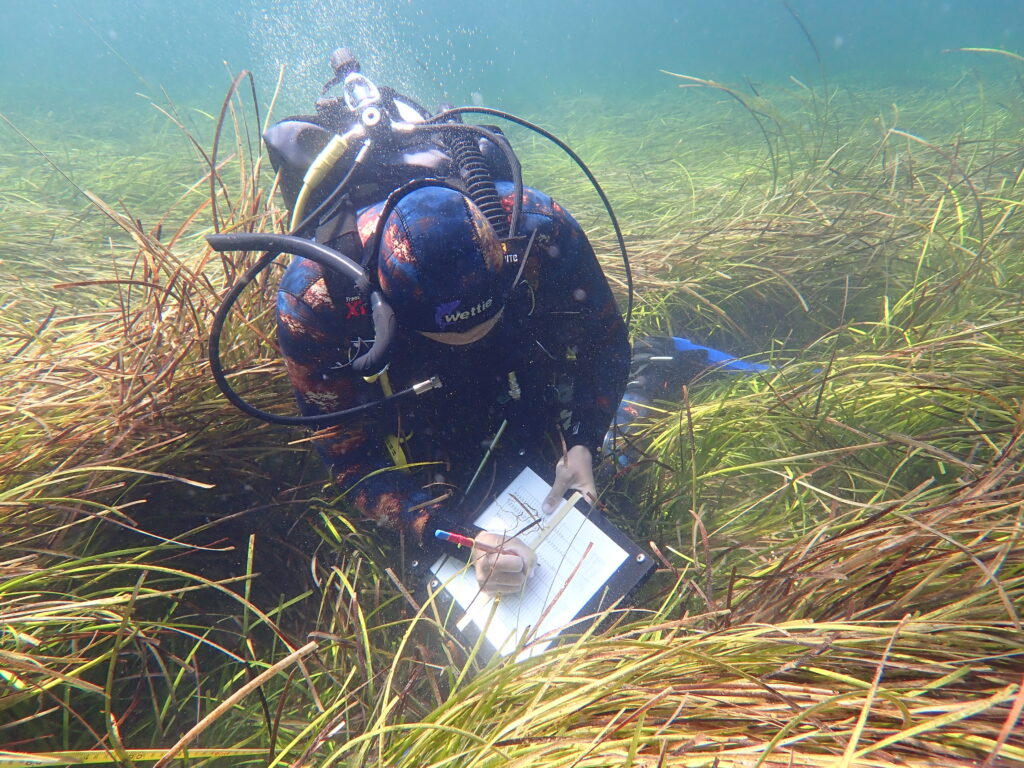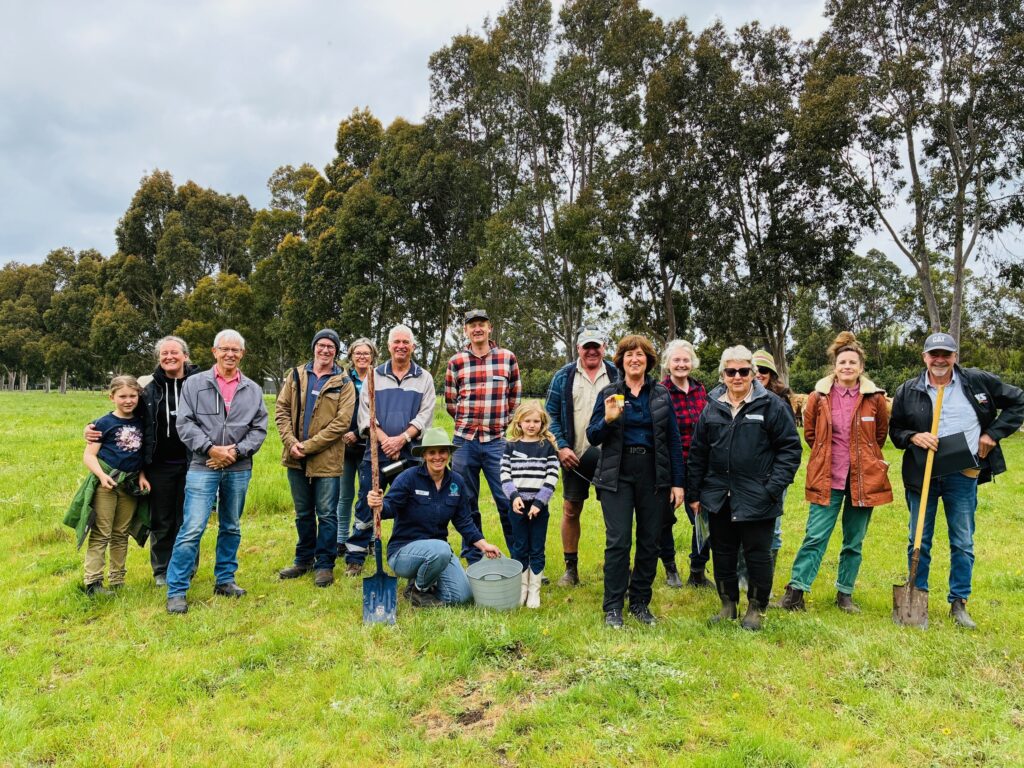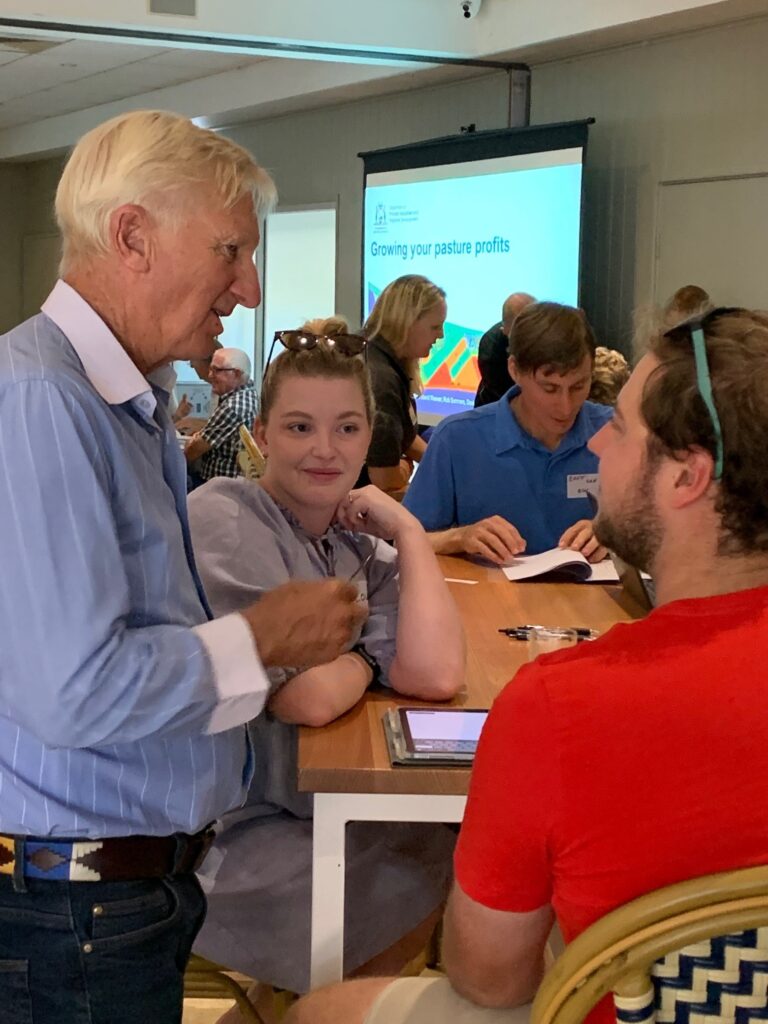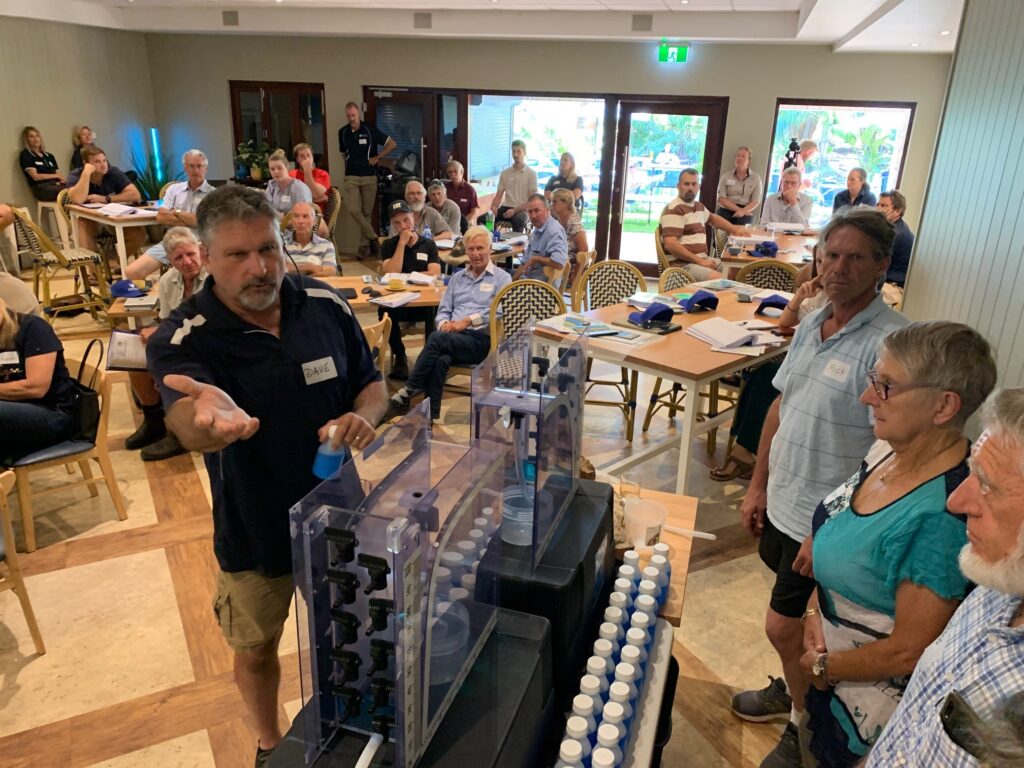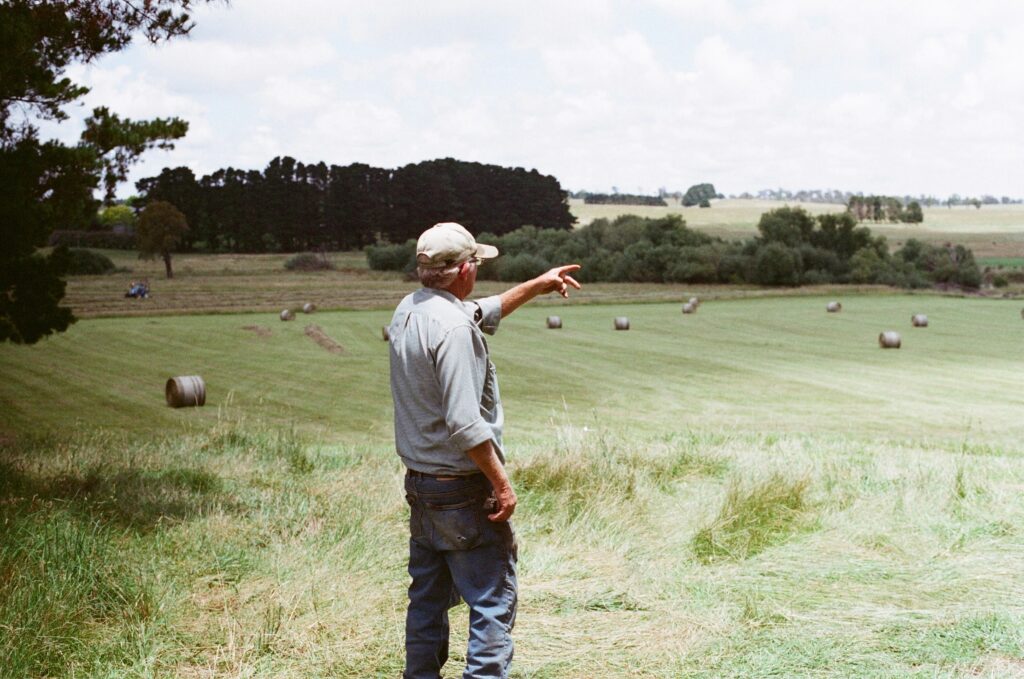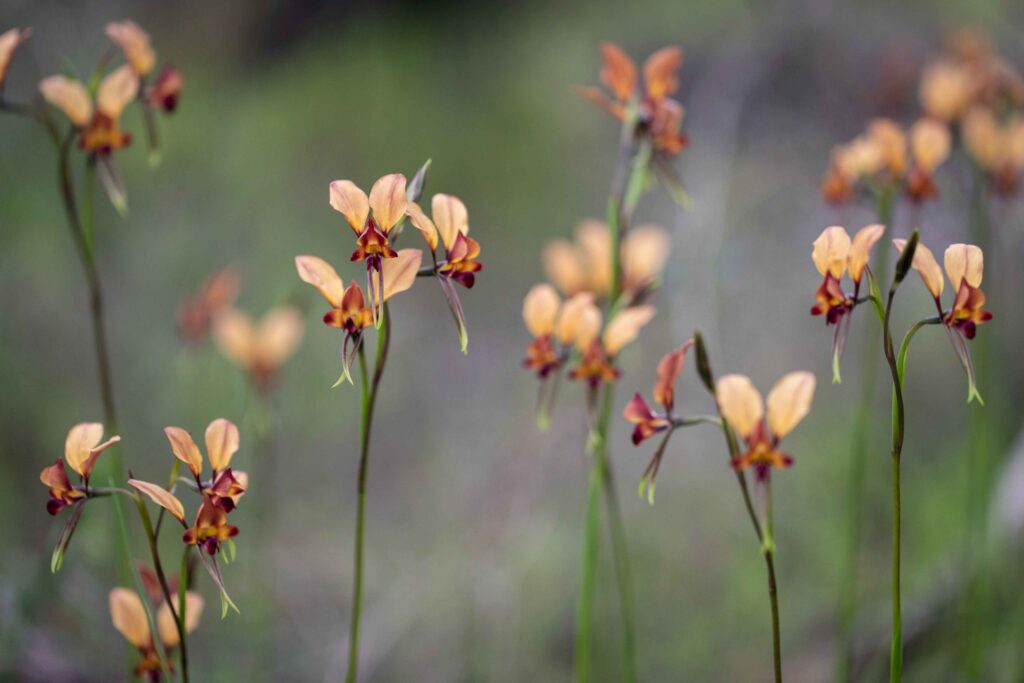Geographe Catchment
About the Catchment
The Geographe Catchment includes spectacular and diverse landscapes which are recognised internationally.
The Catchment is 200,000 hectares and surrounds the iconic Geographe Bay, spanning from Dalyellup to Bunker Bay, and inland from Kirup to Wilyabrup.
It is bounded by the Darling Range, the Whicher Range and the Leeuwin-Naturaliste Ridge. The southernmost part of the Swan Coastal Plain, extending south and west to Dunsborough, lays below these ridges.
Nestled in a biodiversity hotspot, our Catchment has a high number of rare and endemic plants and animals, and our waterways have significant ecological values, despite a history of modification for agriculture and urban development.
Sixteen subcatchments flow into our most valued and iconic asset: Geographe Bay.
Explore Our Catchment
Use the interactive map to find out which sub-catchment you live in.

An icon of the South West
Geographe Bay
Characterised by clean white sand and calm turquoise waters, the Bay has significant cultural, recreational and ecological values. Vital to our local and state economy, the Bay is also enjoyed by thousands of international and domestic visitors each year.
The Bay is one of only a few sheltered north-facing marine embayments in Western Australia. It faces north and is protected from strong sea breezes and swells by Cape Naturaliste. The coastline is, however, particularly vulnerable to the effects of climate change. The low lying shoreline is susceptible to erosion caused by storm surges, high tides and rising sea levels.
The southern half of Geographe Bay from north of Busselton all the way to Flinders Bay near Augusta is included in the Ngari Capes Marine Park. The Marine Park was established to manage human activity in the area to preserve environmental, social and cultural values.
Wetlands and Waterways
Waterways transform our Catchment each year as wetlands, creeks and river systems fill and empty with water.
The Carbanup, Buayanup, Lower Vasse, Sabina, Abba, Ludlow and Capel river systems support local biodiversity and are among 16 major water courses that flow into Geographe Bay. Urban wetlands provide a refuge for wildlife and migratory birds, and sustain a sense of place for our growing community.
Vasse Wonnerup Wetlands
The Vasse Wonnerup Wetlands provide habitat for thousands of waterbirds every year and are recognised internationally under the RAMSAR Convention. The wetlands support over 90 species of waterbirds and have recorded over 30,000 of individual birds at any one time.


